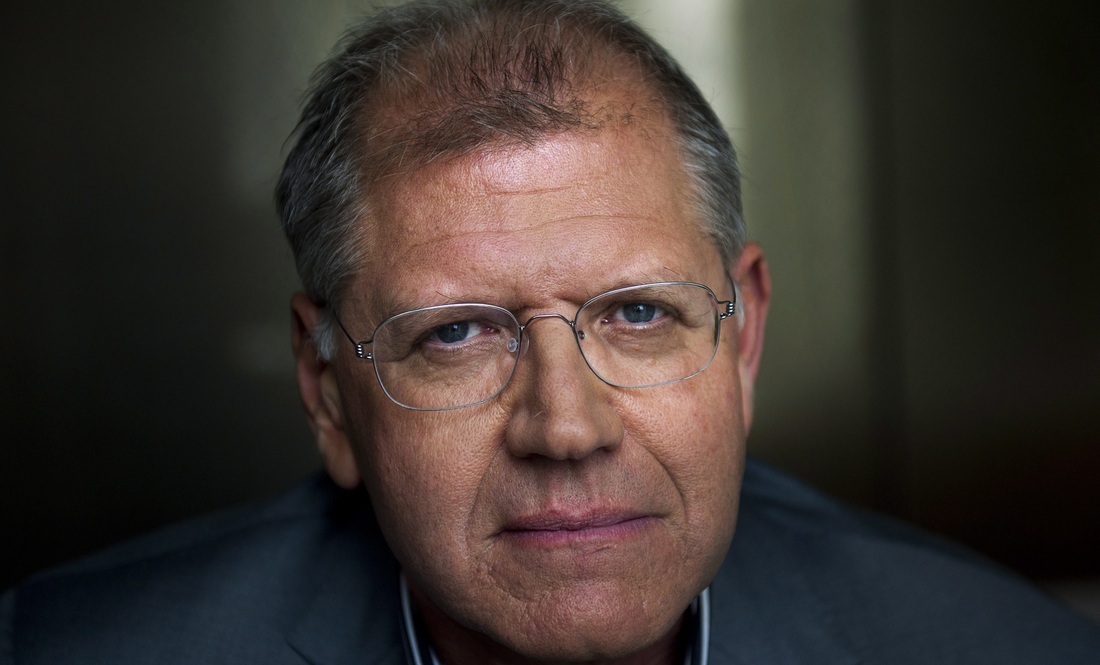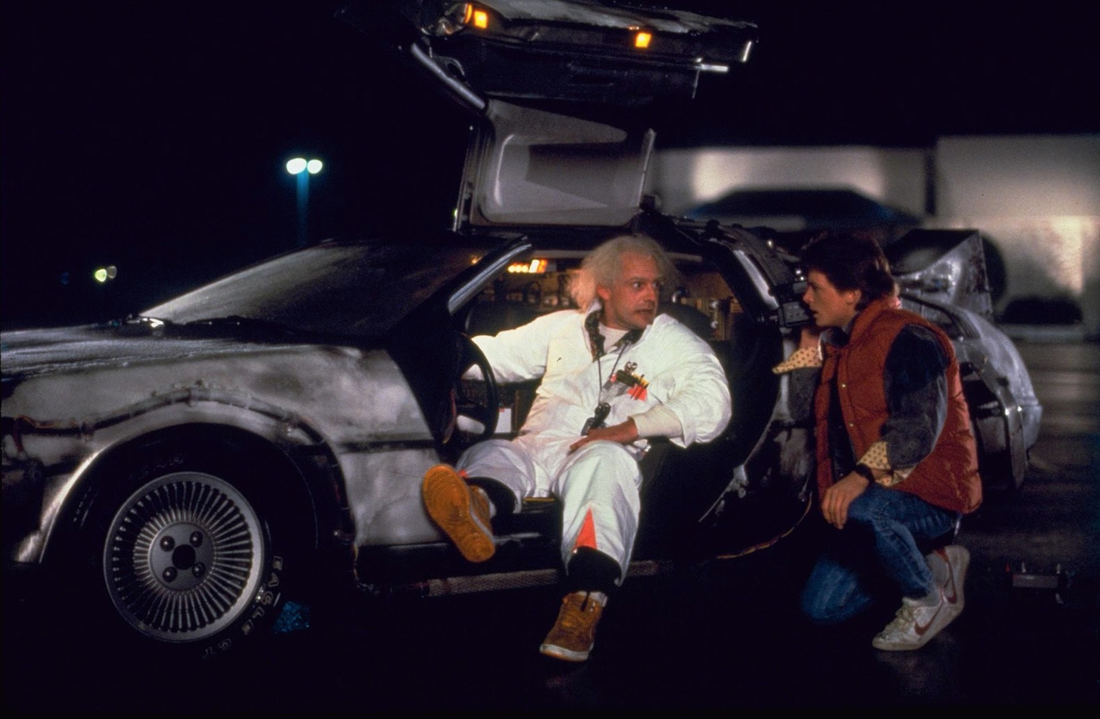In 1978, at age 26, Zemeckis made his directorial debut with I Wanna Hold Your Hand, a film for which he and Bob Gale again teamed up to write the screenplay. Although having a low budget, the film ended up displaying Zemeckis’ ability to integrate great live-action sequences with elaborate special effects.
Zemeckis proceeded to direct the semi-successful films Used Cars and Romancing the Stone. However, in 1985, Zemeckis directed the film that would launch his career, Back to the Future. The film, which stars Michael J. Fox, centers on a teenager who accidentally uses a DeLorean time machine to travel back to 1955. He eventually bumps into his parents, causing a rift between the two, and thus threatens his own existence. The inspiration for the film came from co-screenwriter Bob Gale (Zemeckis also co-wrote the script), who was one day looking through his father’s high school yearbook. Gale ended up wondering if he would’ve been friends with his teenage father. The film, which one 1 Oscar for Best Effects and Sound Effects Editing, became a huge box office success, grossing close to $200 million in the US (IMDB). Because of the success, the film spawned two sequels, both directed by Zemeckis and starring most of the same actors and actresses from the first installment. The Back to the Future trilogy, for which Zemeckis is most known, is today regarded as one of the greatest trilogies to come out of the film industry.
A few years after Forrest Gump, Zemeckis again teamed up with Tom Hanks in Castaway, a film about a Fed-Ex executive (Hanks) who accidentally gets stranded on a remote, desert island after his plane crashes in the Pacific Ocean. The film was well-received by critics, audiences, and at the box office. The picture also received two Oscar nominations: Tom Hanks (again) for Best Leading Actor and for Best Sound.
Four years later, Zemeckis again cast Tom Hanks in the animated feature The Polar Express, a film about a doubting boy who travels on a train headed to the North Pole on Christmas Eve. The Polar Express is most significantly known for being the first ever animated film to use motion capture, a technique that “captures” the movements of physical actors. In this case, the motion capture tracked the actors’ movements, then converted them to their animated forms. The film was mostly well-received and was nominated for 3 Oscars (Best Achievement in Music, Best Achievement in Sound Mixing, and Best Achievement in Sound Editing).
TRADEMARKS
Zemeckis loves casting Tom Hanks in his films, as is evident in Forrest Gump, Cast Away, and The Polar Express. Zemeckis also loves hiring Alan Silvestri to do the music for his pictures. Examples of this include the Back to the Future trilogy, Forrest Gump, Cast Away, and The Polar Express. On the technical side, Zemeckis usually opens his films with long shots or long takes, as evidenced by Back to the Future, Forrest Gump, and Contact. Finally, although risky, he likes to be at the forefront and use the newest technology and special effects, which he does in Back to the Future, Who Framed Roger Rabbit, Forrest Gump, Contact, and The Polar Express.
In conclusion, Robert Zemeckis is a big-name director who has proven himself several times to be able to produce heartfelt films with great visual effects. Starting with Back to the Future, he has built himself a very impressive resume. Zemeckis’s greatest films may be behind him, but nonetheless it will be interesting to see what the future holds, especially with newer technologies being developed each year.
Written by Anthony Watkins
WORKS CITED
“Robert Zemeckis Biography.” Tribute.ca. 2014. 31 Jan. 2014.
<http://www.tribute.ca/people/robert-zemeckis/4015/>.
IMDB. 2014. 01 Jan. 2014. <http://www.imdb.com>.



 RSS Feed
RSS Feed
